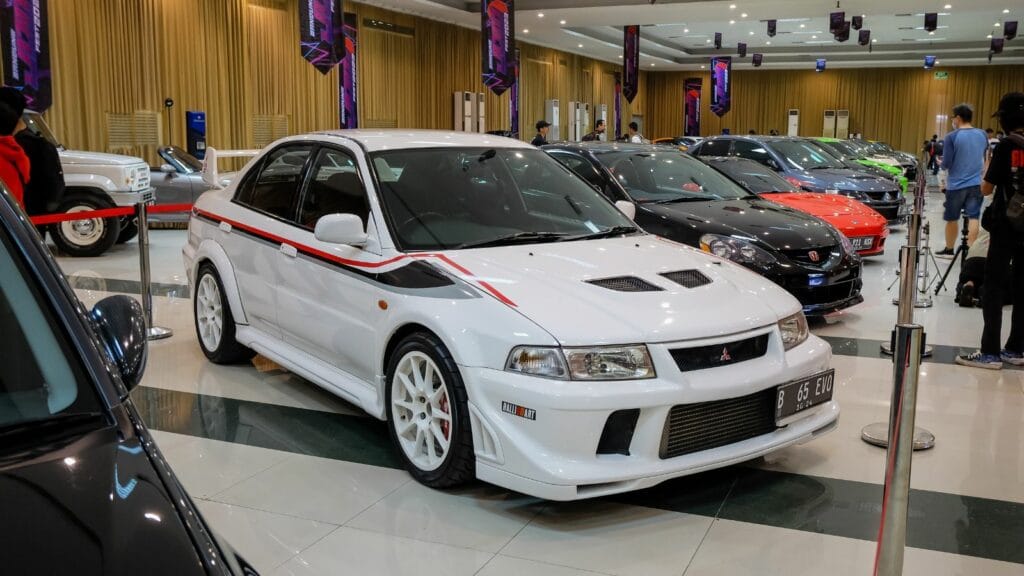Sports cars are made to zoom down roads, but some are made to last a mark in history. These machines refuse to fade away, even after decades. Their iconic designs and groundbreaking engineering thrill even today. Here are 20 endurance champions who have kept dominating roads, tracks, and enthusiasts’ hearts and prove that legends never quit.
Porsche 911
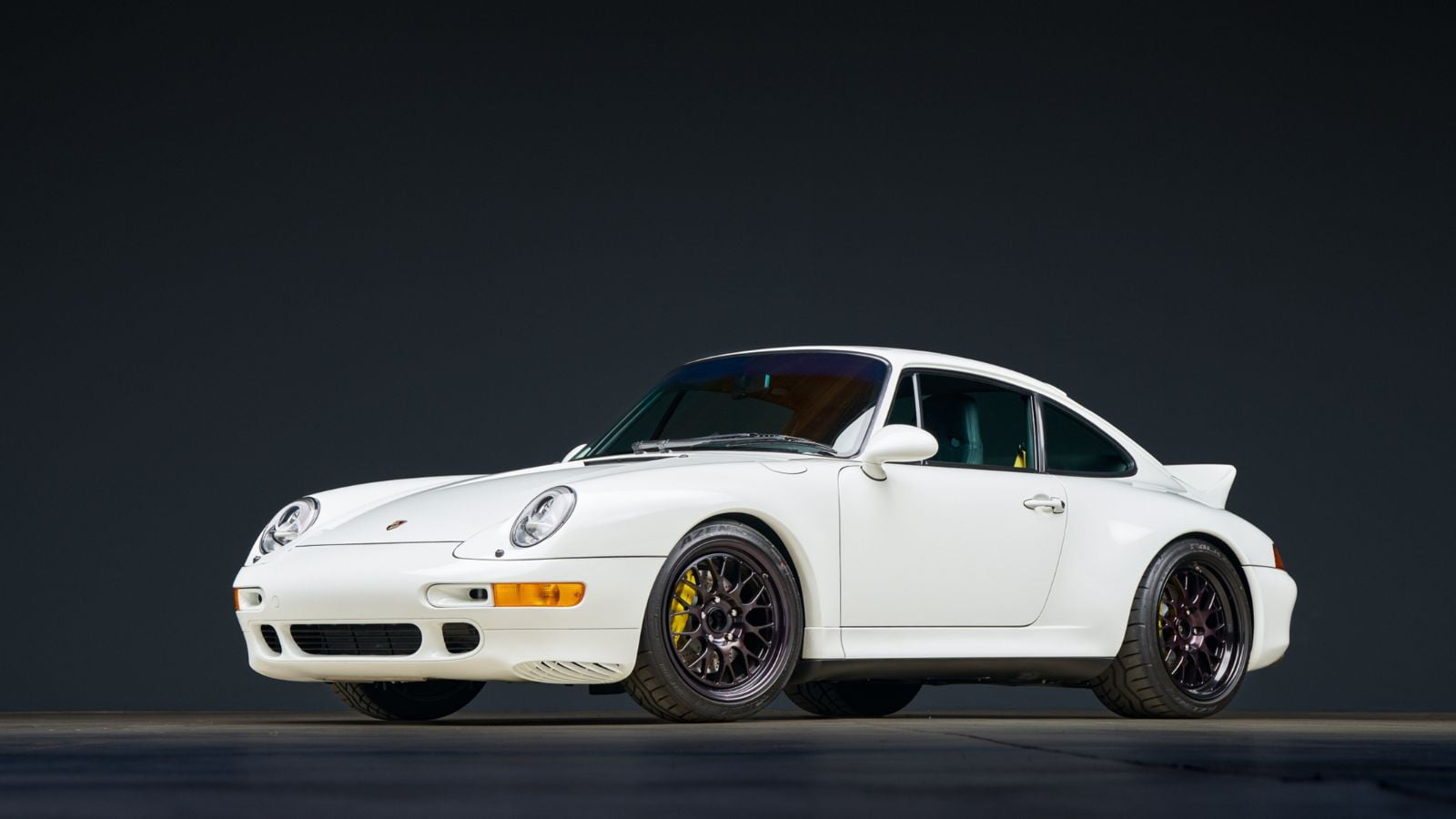
The Porsche 911, introduced by Ferdinand “Butzi” Porsche in 1964, quickly symbolized German engineering excellence. Its iconic design, featuring a rear-mounted flat-six engine and a distinctive sloping roofline, continues to capture the hearts of car enthusiasts worldwide. The first model could accelerate from 0 to 60 mph in just 8.3 seconds, setting a high standard for performance. Over the years, each generation has surpassed the achievements of its predecessor.
Ford Mustang
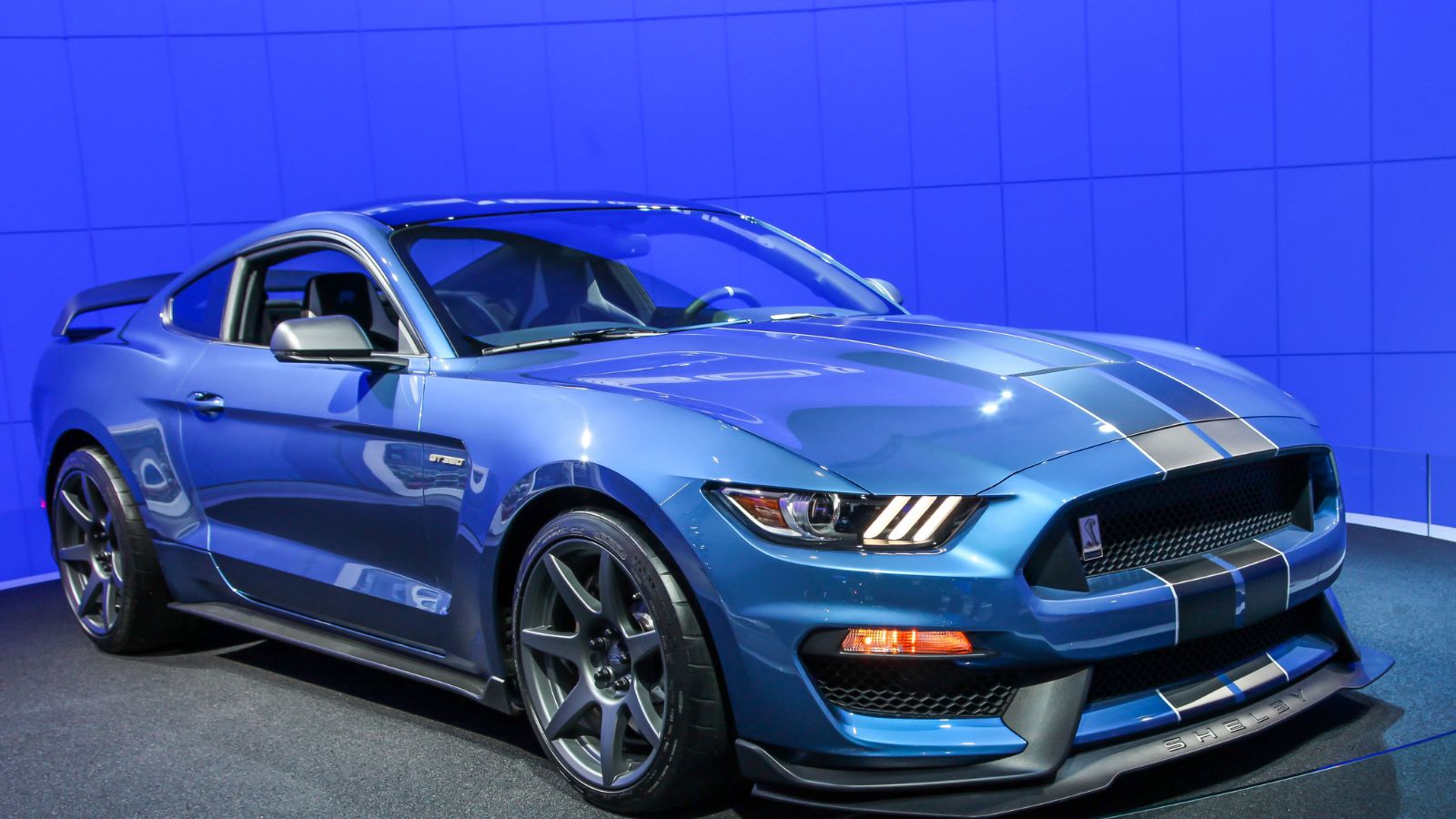
Introduced in 1964, at the dawn of the pony car era, the Ford Mustang quickly became a symbol of power and style. Designed by John Najjar and Gale Halderman, it perfectly blended muscular performance with elegant design. Its bold V8 engine and aggressive looks set it apart. It achieved 0 to 60 mph in about 7.5 seconds. As an affordable yet powerful car, the Mustang gained a loyal following and became a cultural icon.
Chevrolet Corvette
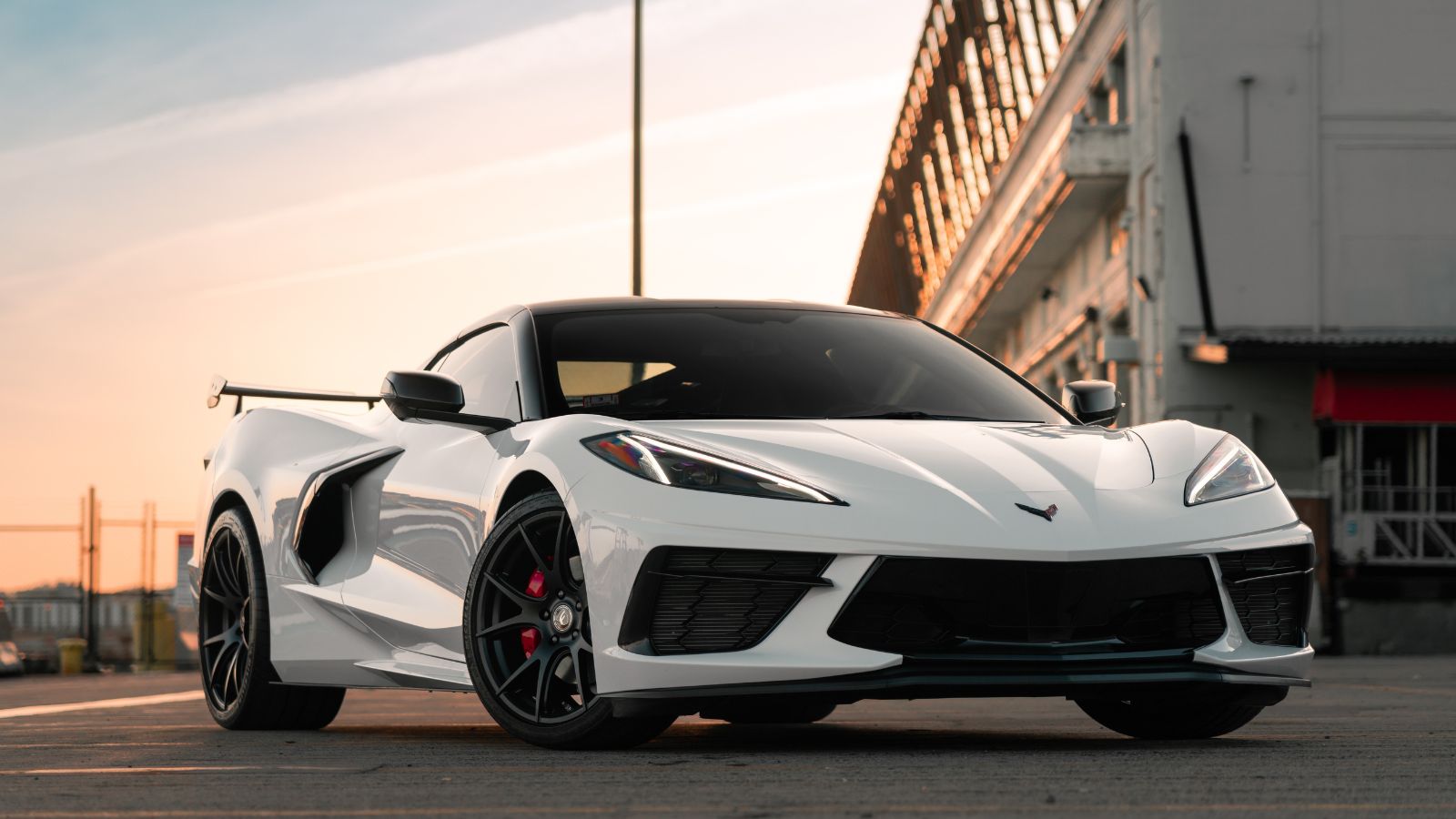
The Chevrolet Corvette debuted in 1953, revolutionizing sports car design with its all-fiberglass body—a visionary creation by Harley Earl. Powered by a small-block V8 engine, the C1 Corvette reached 0 to 60 mph in around 11 seconds. Over time, the Corvette evolved into a mid-engine supercar, combining cutting-edge performance with a rich heritage. From a niche sports car to a global icon, the Corvette has cemented its legendary status in automotive history.
Mazda MX-5 Miata
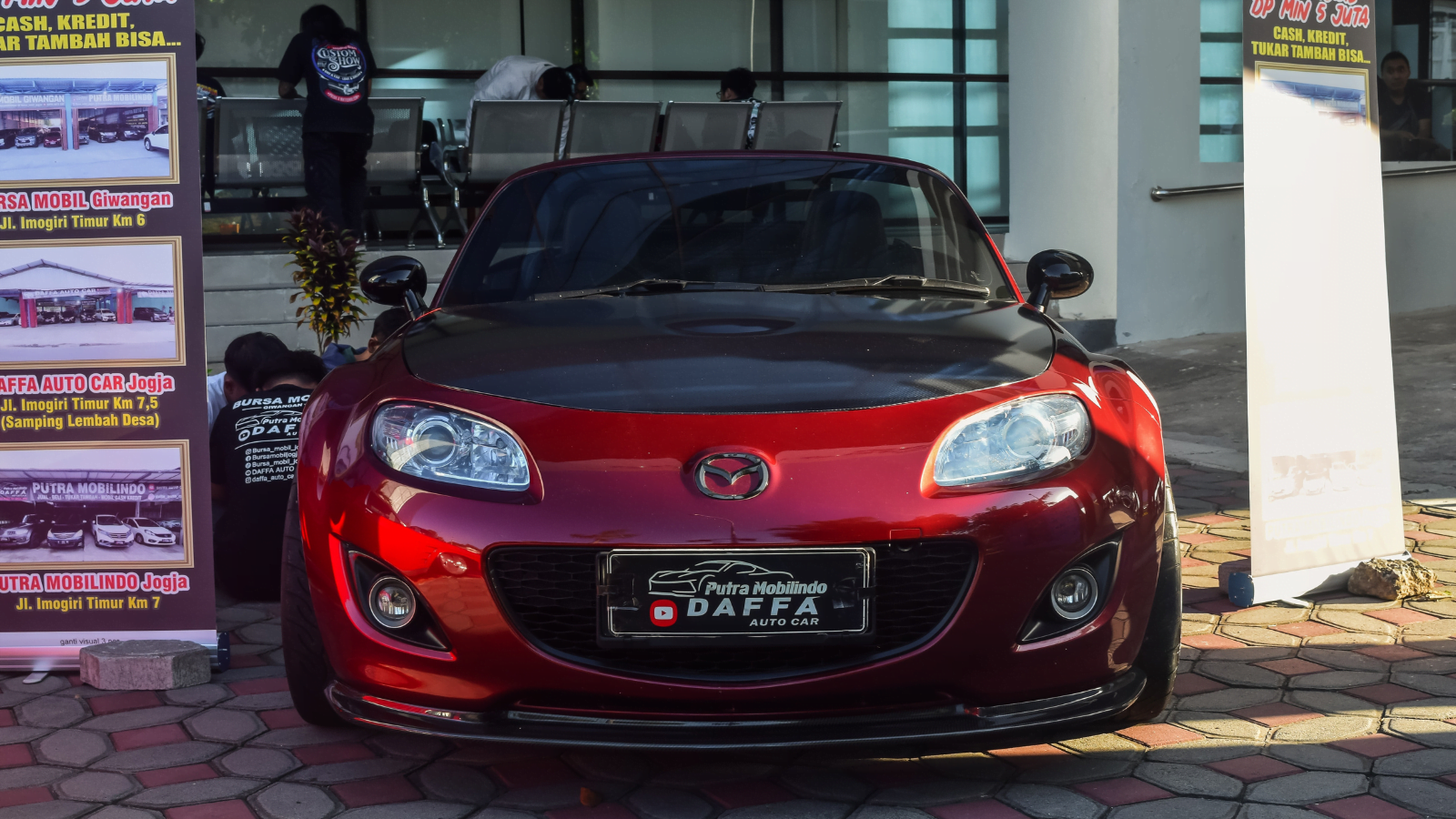
The Mazda MX-5 Miata, introduced in 1989, was a tribute to the lightweight British roadsters. It features a 1.6-liter inline-four engine that perfectly balances power and agility, reaching 0 to 60 mph in 8.3 seconds. Its simplicity, affordability, and fun-to-drive nature made it an instant favorite. The Miata’s compact design and responsive handling have made it beloved by driving enthusiasts. Even after over 30 years, the Miata remains true to its roots, offering the same lightweight roadster experience it was known for when it first debuted.
Toyota Supra
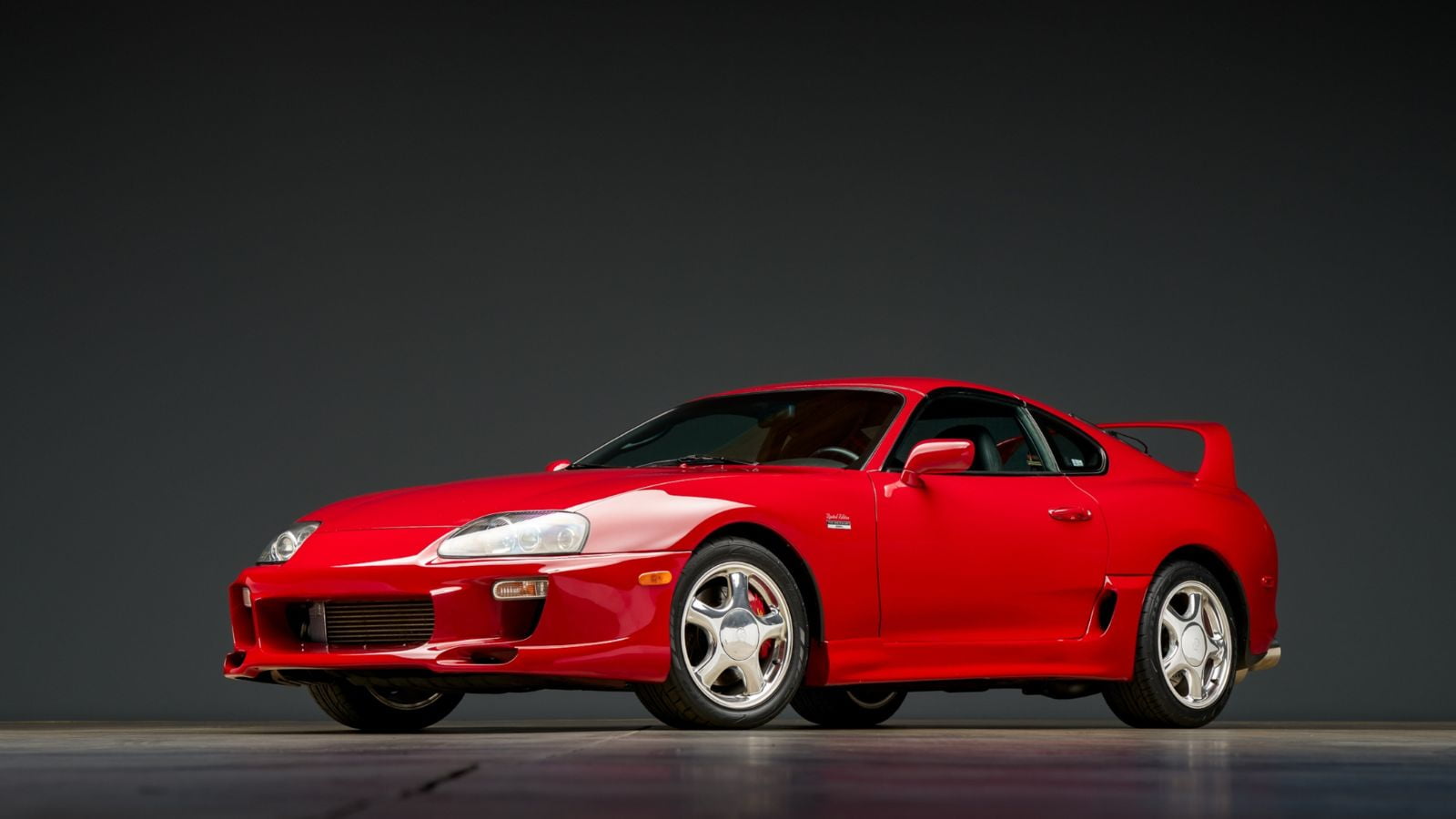
The Toyota Supra, introduced in 1978, was a Japanese powerhouse. Toyota’s in-house team designed the first model, which featured a 2.6-liter inline-six engine, accelerating from 0 to 60 mph in 9.8 seconds. The Supra’s legendary 2JZ engine, known for its reliability and ease of tuning, helped solidify its status in racing and pop culture. With its sleek design and unyielding performance, the Supra has remained a symbol of strength and persistence.
Nissan GT-R
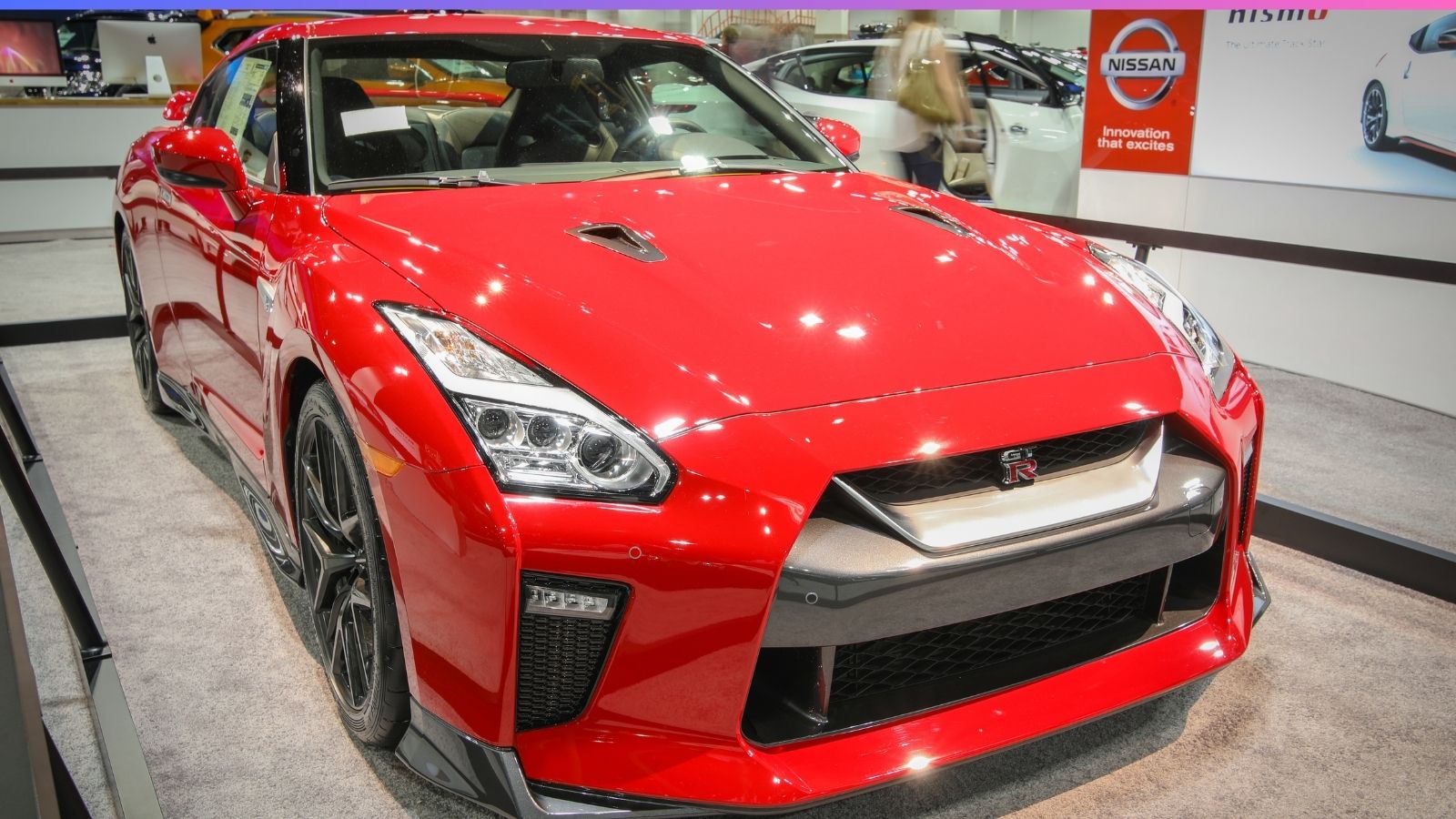
The Nissan GT-R, known as “Godzilla,” debuted in 1969 as the Skyline GT-R. Designed by Shinichiro Sakurai, it originally featured a 2.0-liter inline-six engine, which allowed it to go from 0 to 60 mph in 8.0 seconds. True to its nickname, the GT-R dominated Japanese and international racing circuits, earning its reputation as a powerhouse. Today, the R35 model has a twin-turbo V6 engine, making it a formidable contender against supercars.
Ferrari 308
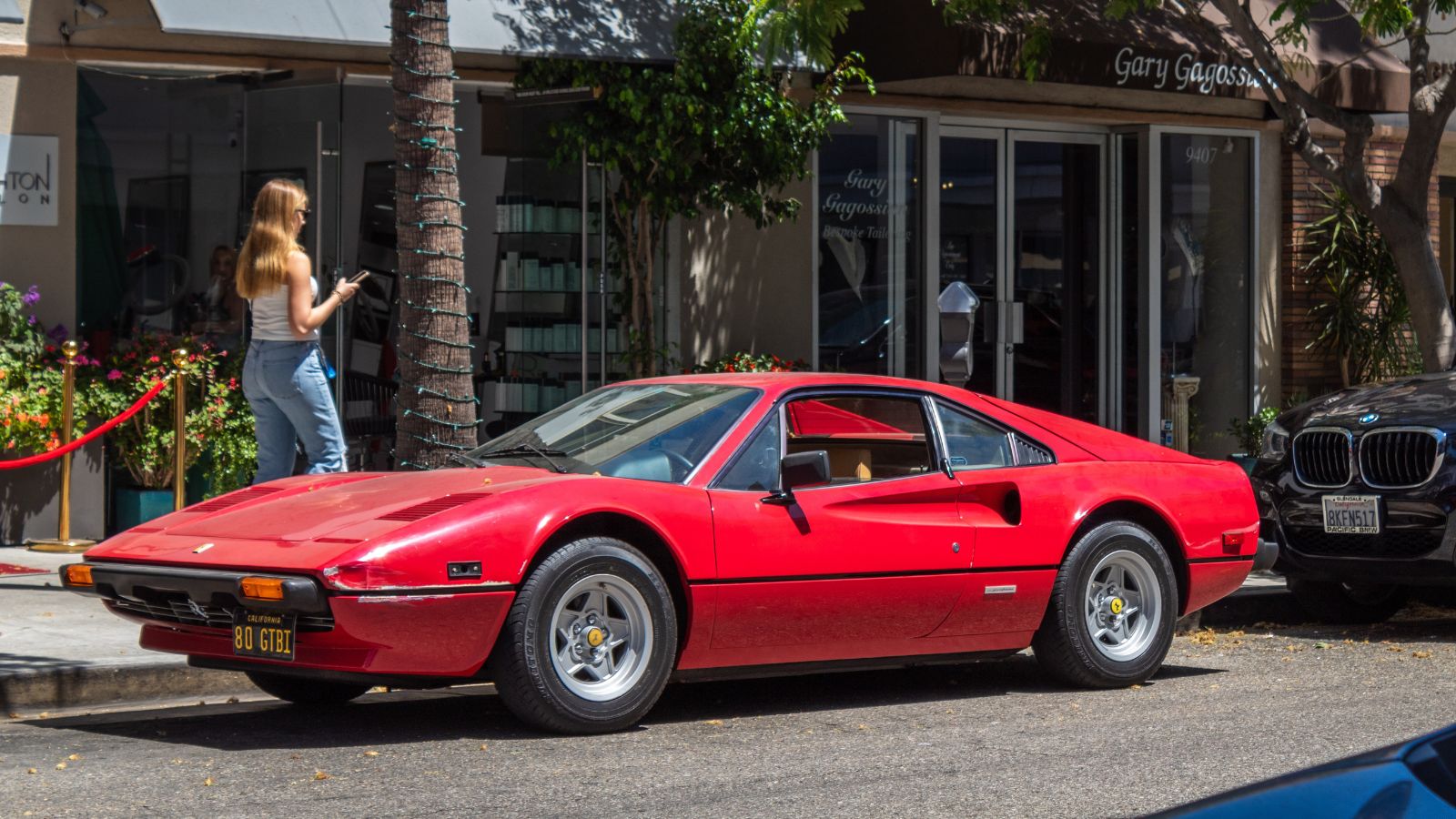
Introduced in 1975, the Ferrari 308, designed by Leonardo Fioravanti of Pininfarina, exemplifies Italian elegance and high performance. Powered by a 2.9-liter V8 engine, it could accelerate from 0 to 60 mph in just 6.5 seconds. Its iconic wedge-shaped design became even more famous when it appeared as one of Magnum P.I.’s cars. Even decades later, its design remains as stunning as ever, capturing the essence of Ferrari’s golden era.
Dodge Viper
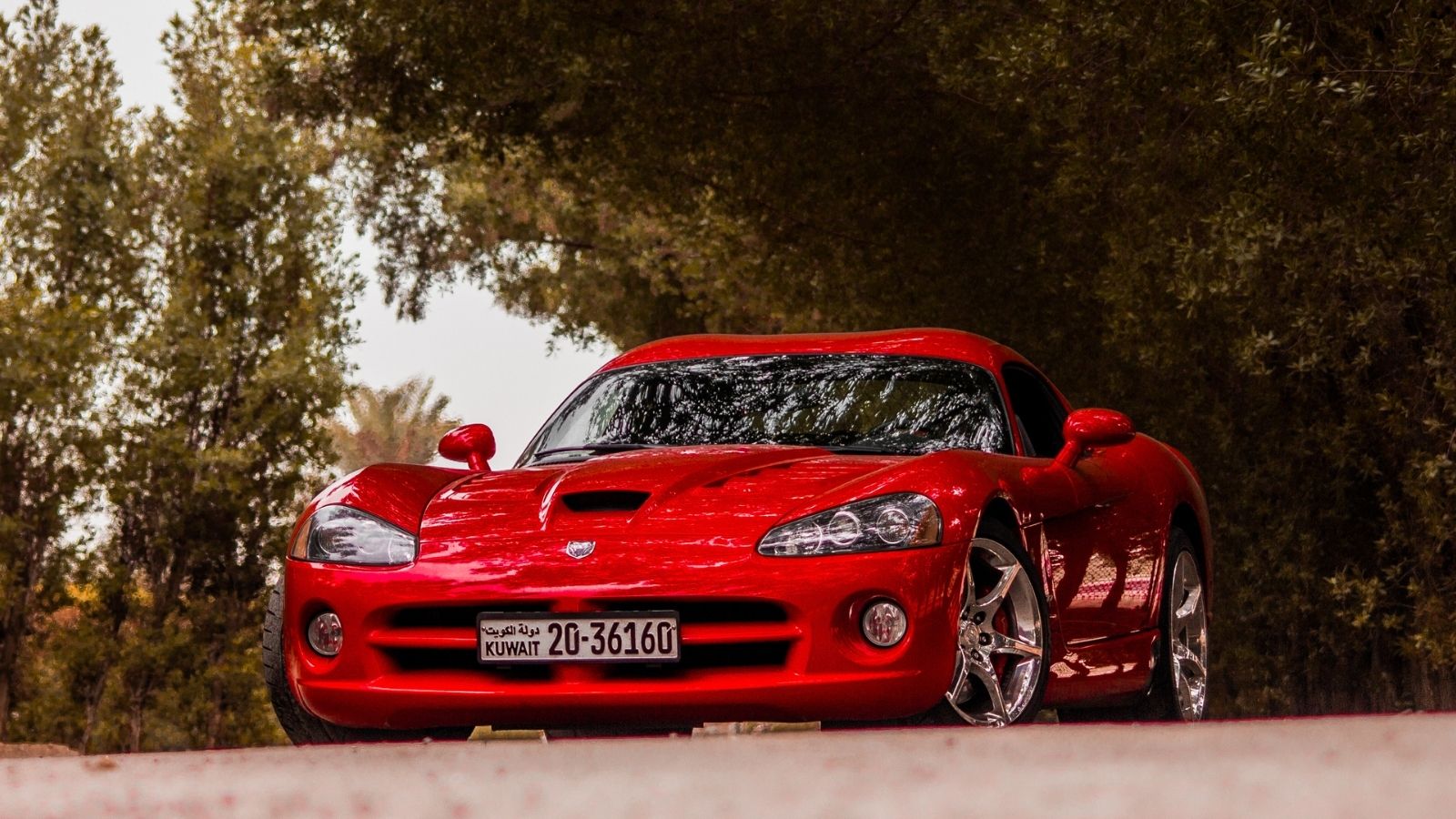
The Dodge Viper, unveiled in 1991, marked Chrysler’s bold move to create an unfiltered, raw American sports car. Designed by Tom Gale, it was powered by an 8.0-liter V10 engine, enabling it to go from 0 to 60 mph in just 4.5 seconds. With its aggressive styling and brutal power, the Viper quickly became a favorite among track enthusiasts. Throughout its years, the Viper stayed true to its pure, no-compromise form—a valid driver’s car.
Aston Martin DB5
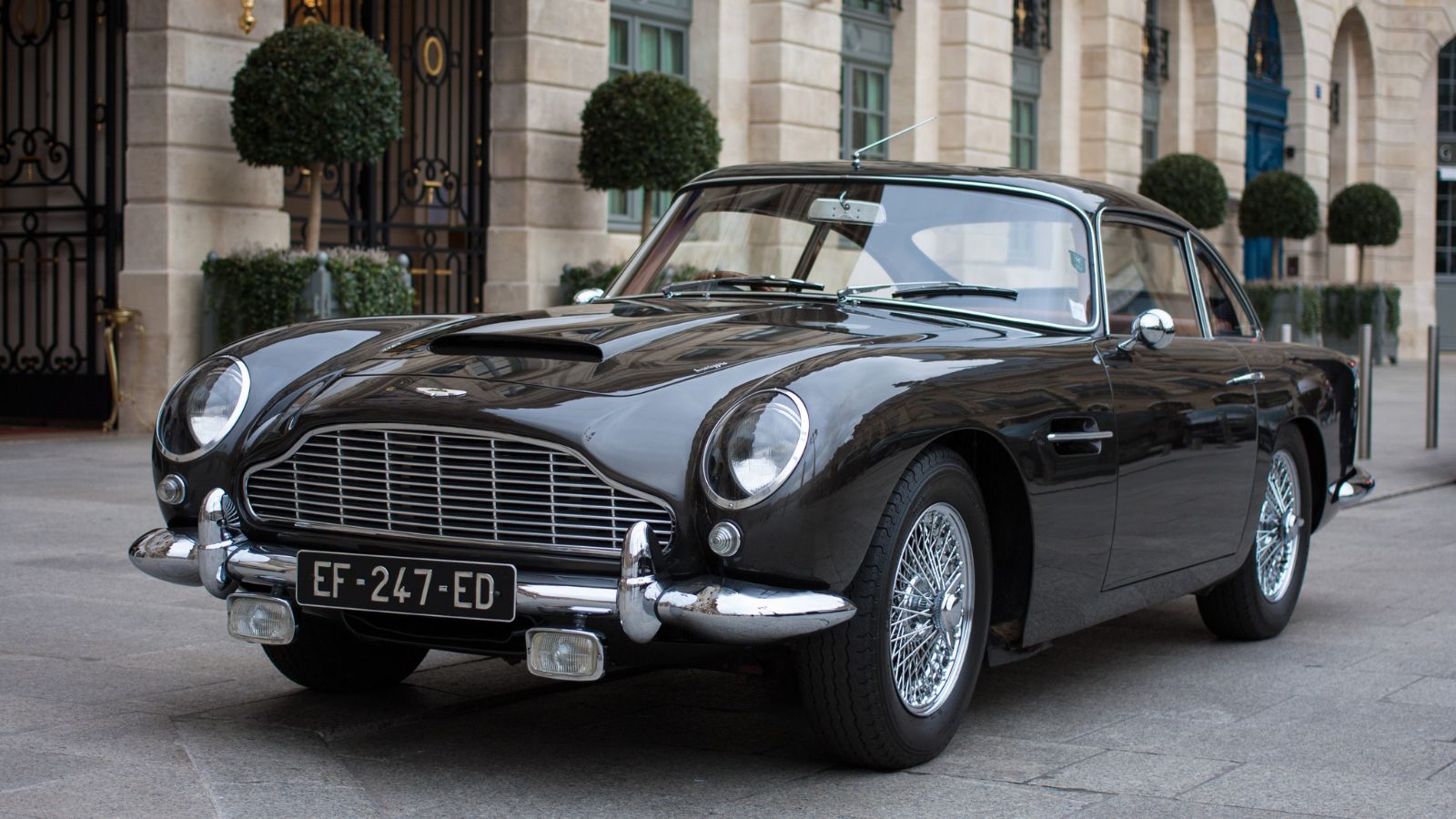
The Aston Martin DB5, first produced in 1963 under the designs of Carrozzeria Touring, remains one of the most iconic British sports cars. Powered by a 4.0-liter inline-six engine, it could accelerate from 0 to 60 mph in 8.1 seconds. Its blend of classic style, elegance, and power became globally renowned when it featured as James Bond’s car. Over the years, the DB5 has continued to be celebrated for its fine craftsmanship and timeless grace, symbolizing class and sophistication.
Jaguar E-Type
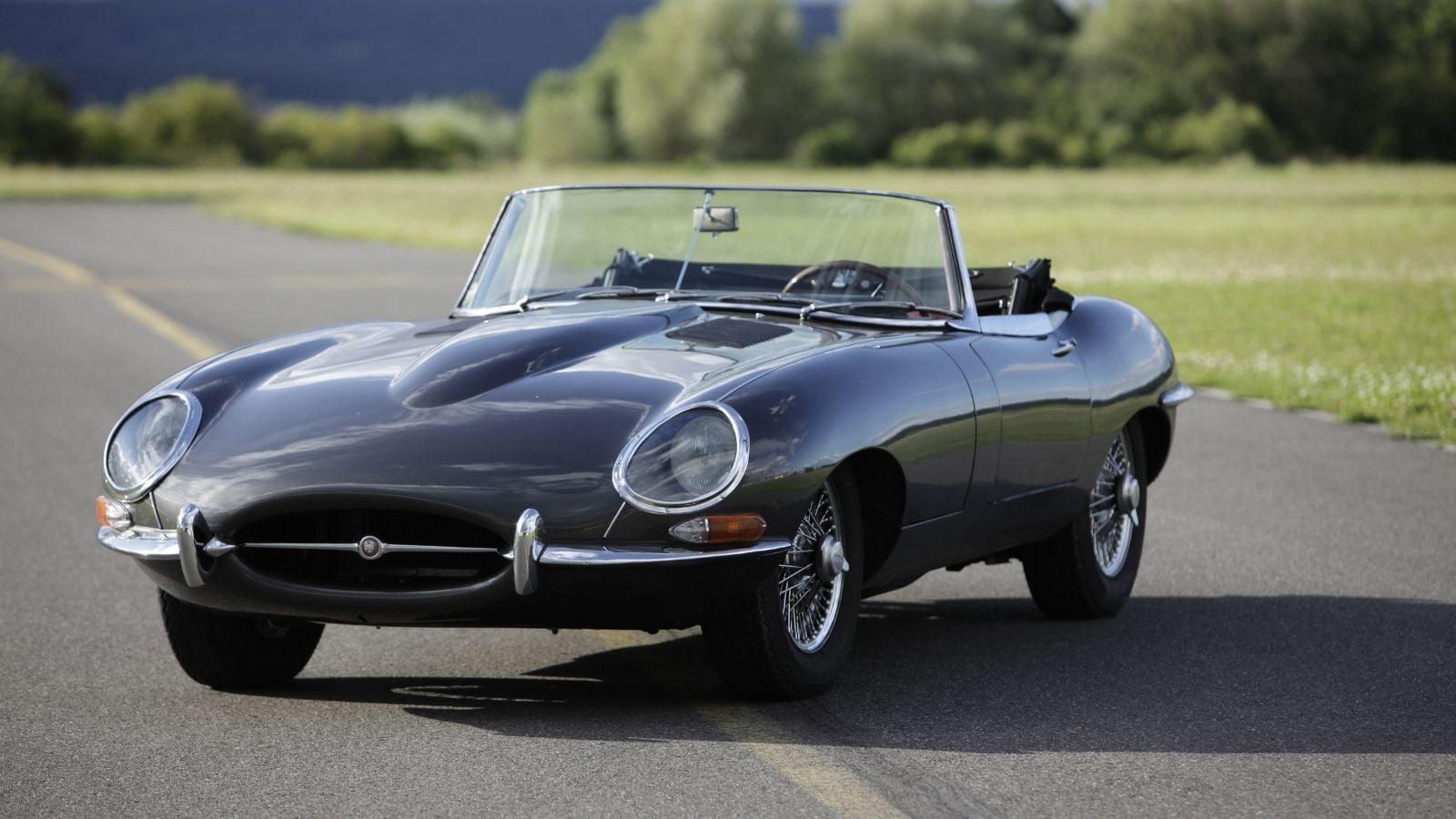
The Jaguar E-Type, launched in 1961 and designed by Malcolm Sayer, is often considered the most beautiful car ever created. Its 3.8-liter inline-six engine could go from 0 to 60 mph in 7.0 seconds, which was impressive for its time. The E-Type set new standards for automotive design with its sleek hood and curvaceous body. The E-Type is a beloved legend in automotive history.
Lamborghini Countach
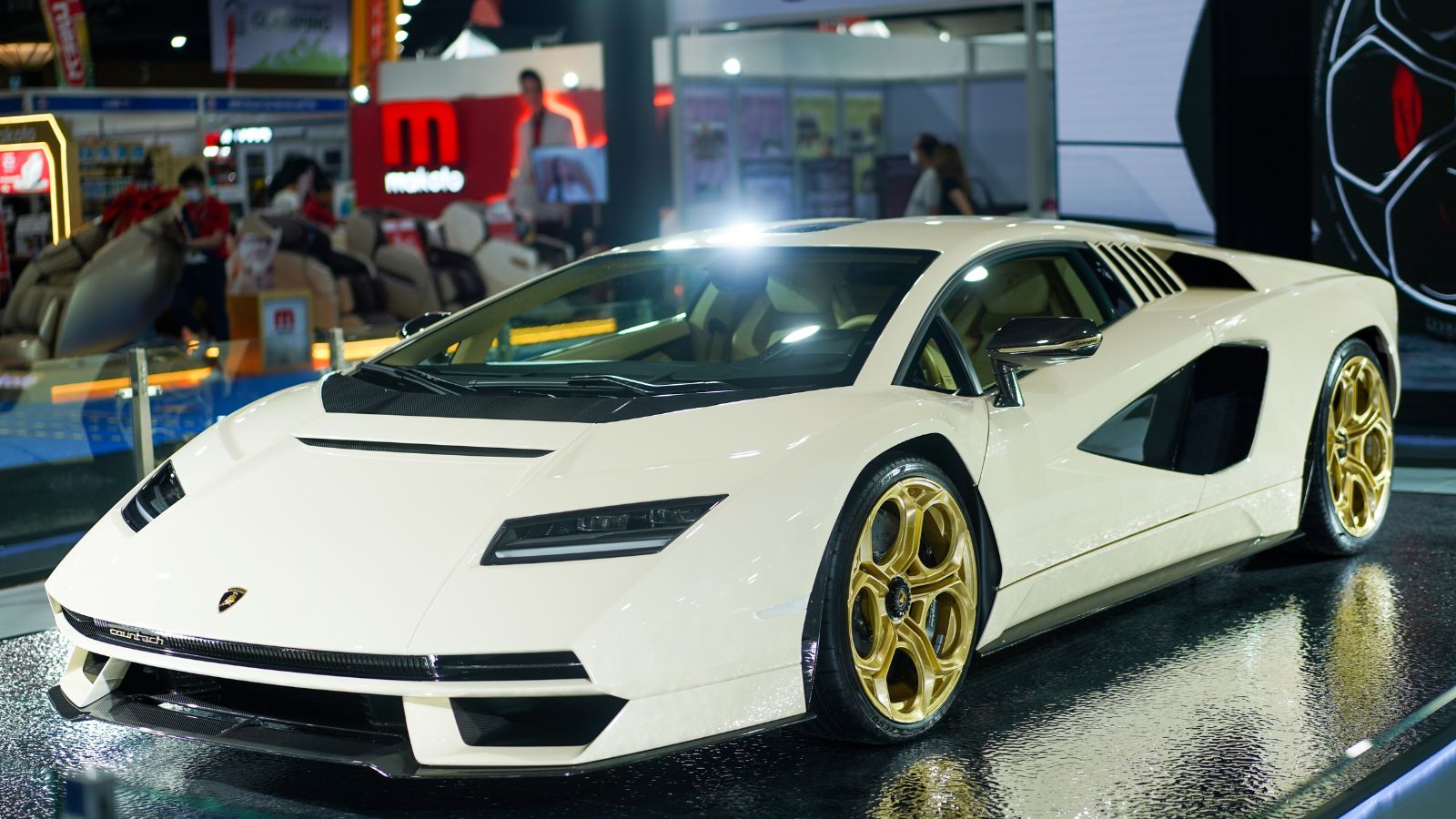
Designed by Marcello Gandini in 1974, the Lamborghini Countach instantly redefined the style and look of supercars worldwide. A 4.0-liter V12 engine could accelerate from 0 to 60 mph in just 5.4 seconds. Its wedge shape, scissor doors, and bold angular lines made it a head-turner wherever it went. The Countach became a poster car for an entire generation, symbolizing the excess and ambition of the 1980s. Even decades later, its striking design and impressive performance continue to cement its status as an icon of automotive innovation.
BMW M3
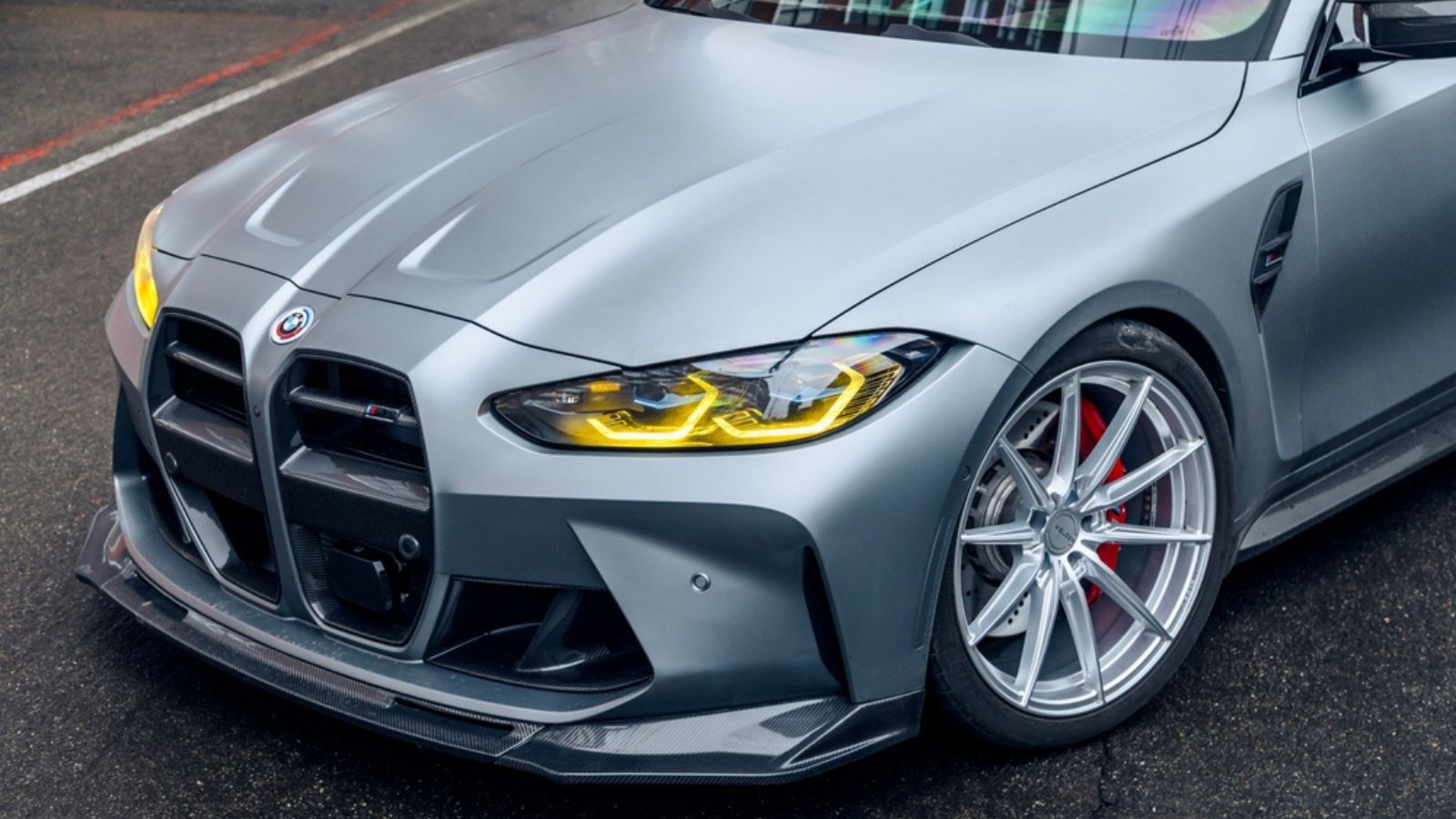
The BMW M3, launched in 1986 by BMW’s motorsport division, was designed to dominate the racing circuit while being road-worthy. Equipped with a 2.3-liter inline-four engine, it could reach 0 to 60 mph in 6.7 seconds. Its boxy yet menacing appearance and exceptional handling made it an instant classic. Over the years, each generation of the M3 has continued to deliver high-performance excellence. The M3 remains true to its origins as a driver’s car, proving BMW’s motto: “The Ultimate Driving Machine.”
Audi Quattro
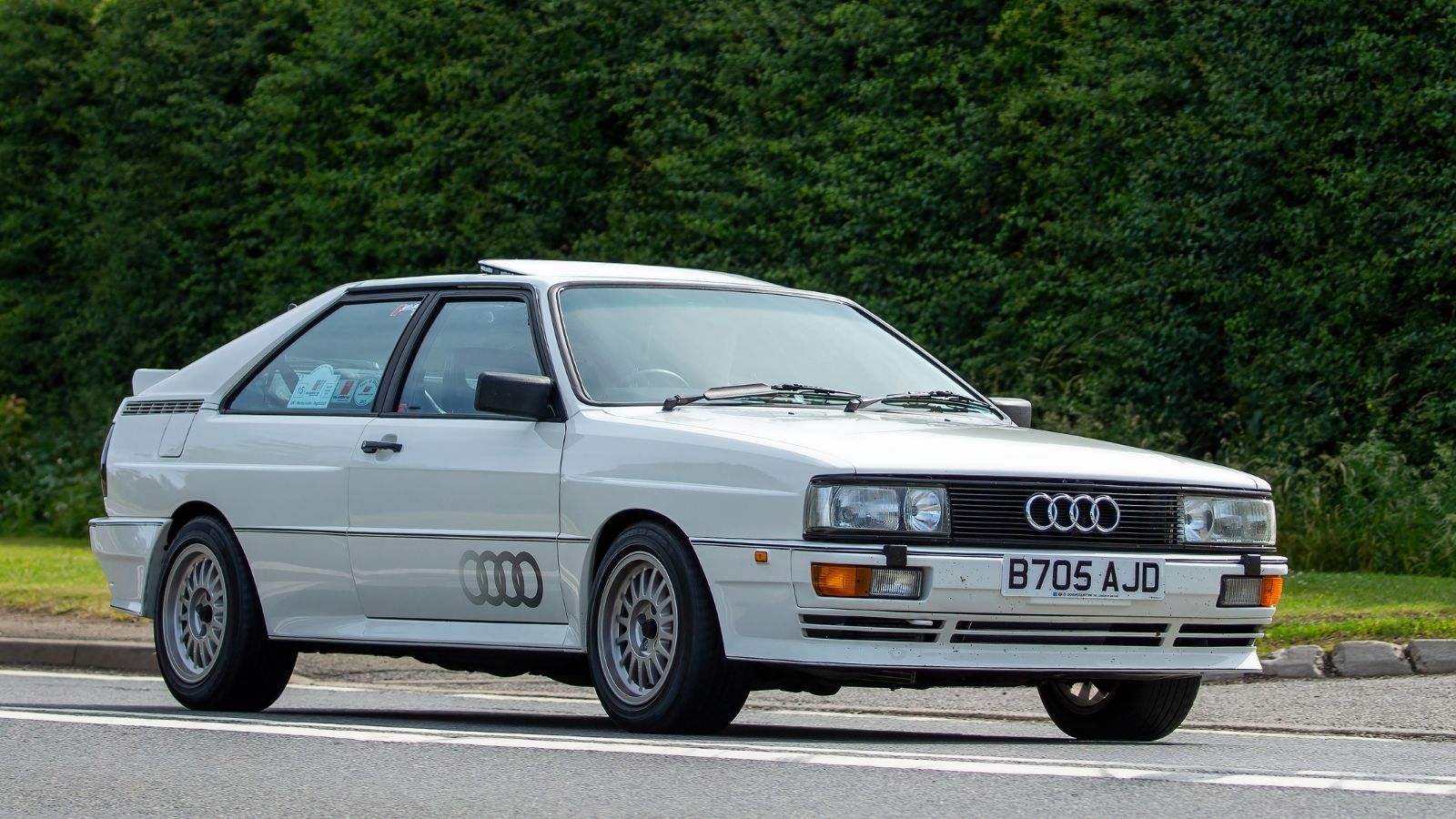
In 1980, Jörg Bensinger designed the Audi Quattro, setting a new benchmark for rally-inspired road cars. A 2.1-liter turbocharged inline-five engine could accelerate from 0 to 60 mph in just 7.1 seconds. The Quattro’s all-wheel drive system, the first of its kind, combined with its sharp, chiseled body design, revolutionized performance cars. It dominated rally stages and demonstrated that this technology could be a game-changer.
Honda NSX
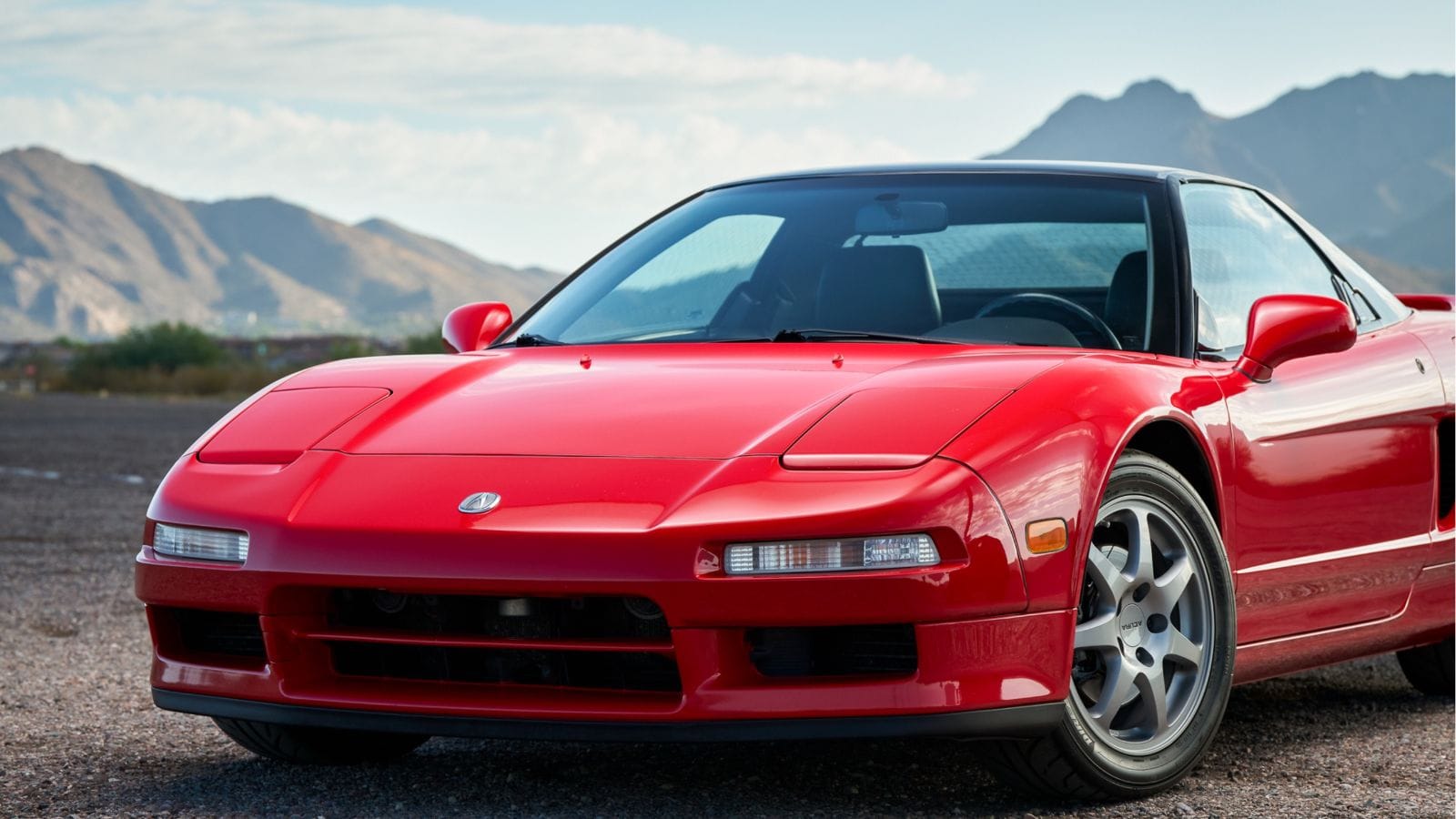
The Honda NSX, launched in 1990 with the guidance of Ayrton Senna and Ken Okuyama, combined Japanese precision with Formula 1-inspired engineering. Equipped with a 3.0-liter V6 engine, it could accelerate from 0 to 60 mph in 5.7 seconds. The NSX featured a lightweight aluminum body and merged exotic car performance with Honda’s renowned reliability, making it an incredibly practical supercar. Its aerodynamic design turned heads, while its exceptional handling made it a standout on the track.
Mitsubishi Lancer Evolution

The Lancer Evolution, introduced in 1992, was designed by Mitsubishi’s motorsport department to dominate rally car competitions. The first model featured a 2.0-liter turbocharged inline-four engine, accelerating from 0 to 60 mph in just 5.1 seconds. Its aggressive styling and advanced all-wheel-drive system helped establish the Evo as a rally king and road legend. Over the years, with more than 10 generations, the Lancer Evolution has solidified its place in automotive history.
Shelby Cobra
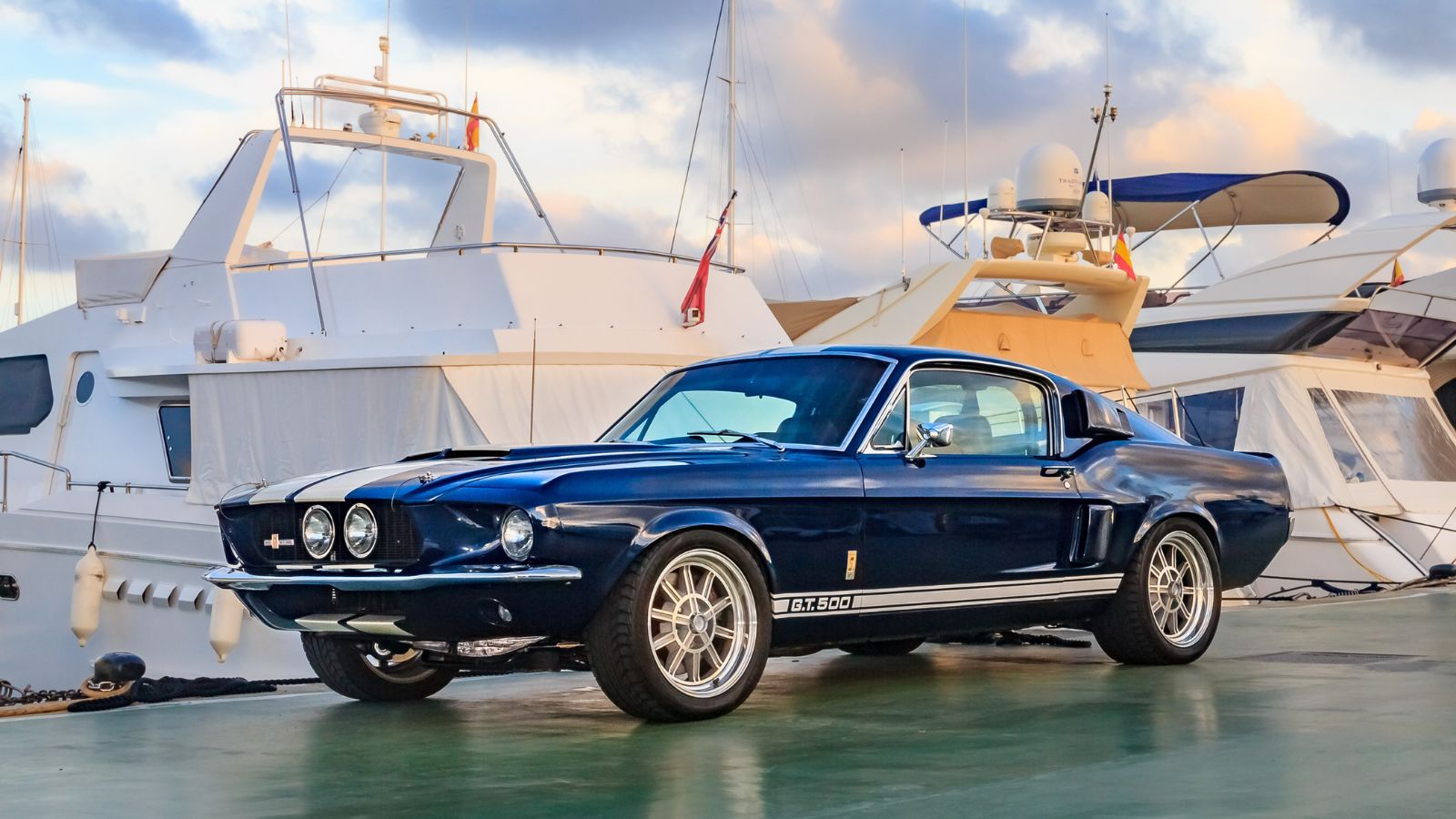
In 1962, Carroll Shelby introduced the Shelby Cobra as a lightweight roadster powered by enormous American muscle. The Ford V8 engine propelled the small roadster from 0 to 60 mph in a then-astonishing 4.5 seconds. The Cobra became a track legend with its bare-bones design and brutal performance. Even today, its raw, no-frills appearance captivates collectors and racers. No other car balances power and simplicity quite like the Shelby Cobra.
Lotus Elise
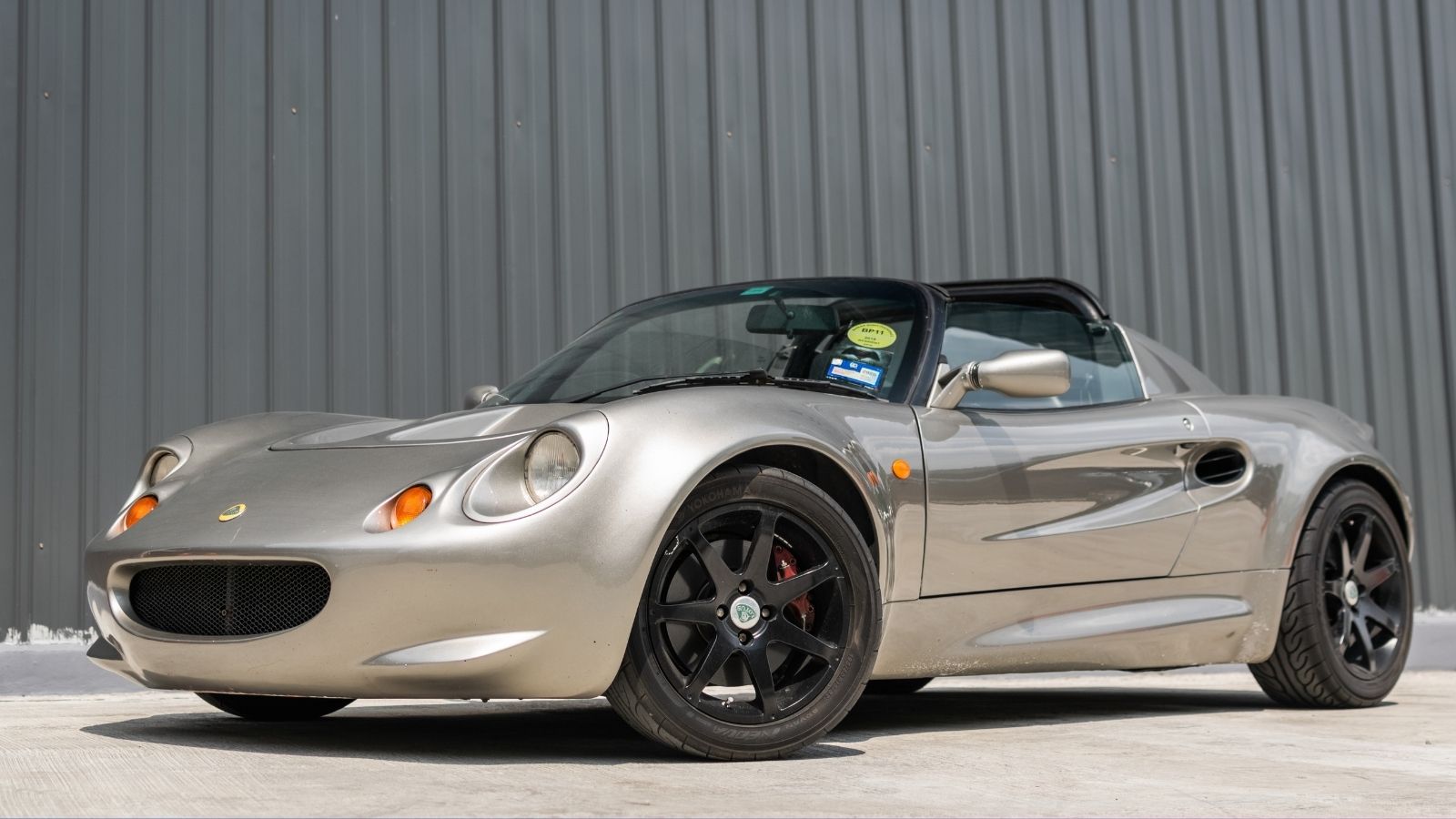
The Lotus Elise, launched in 1996, embodies lightweight engineering and driving purity. Designed by Julian Thomson, it featured a 1.8-liter inline-four engine and could accelerate from 0 to 60 mph in 5.8 seconds. The focus was on shedding weight rather than boosting horsepower, resulting in exceptional sharp handling.
Pagani Zonda
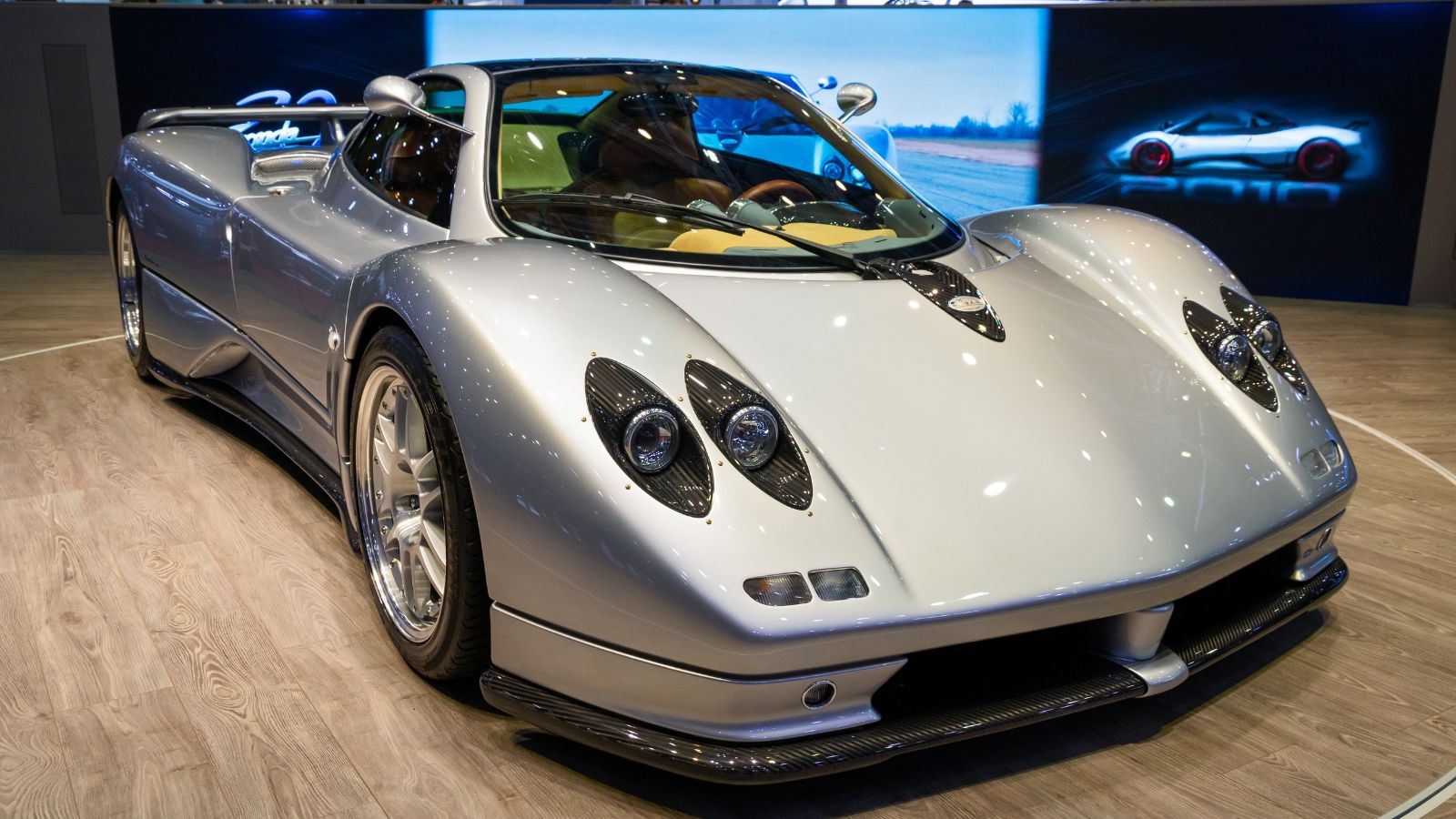
Horacio Pagani’s first masterpiece, the Pagani Zonda, debuted in 1999. Powered by a Mercedes-AMG 6.0-liter V12 engine, it could accelerate from 0 to 60 mph in just 3.7 seconds. The Zonda’s futuristic design, with flowing curves and exposed carbon fiber, made it an instant icon. Each Zonda was hand-crafted, ensuring that no two were alike. Although Pagani has introduced newer models, the Zonda’s legendary status continues to symbolize bespoke supercar perfection.
Subaru Impreza WRX STI
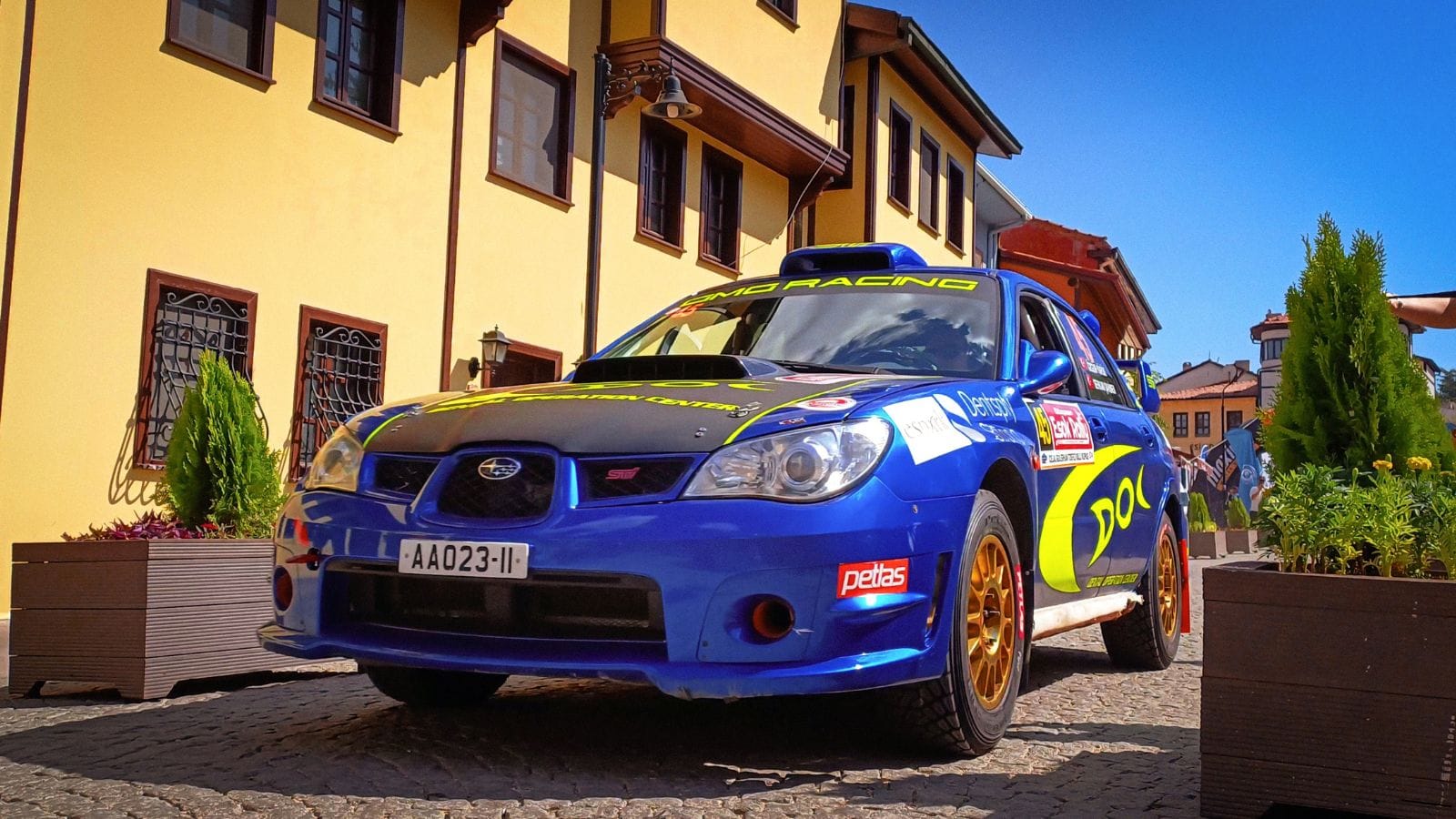
The Subaru Impreza WRX STI debuted in 1994, designed to dominate rally stages. Equipped with a 2.0-liter turbocharged flat-four engine and Subaru’s renowned all-wheel-drive system, it could accelerate from 0 to 60 mph in 5.2 seconds. The WRX STI’s aggressive styling, featuring a hood scoop and rear wing, made its performance intentions clear. Rally-bred durability and speed earned it a dedicated cult following.
McLaren F1
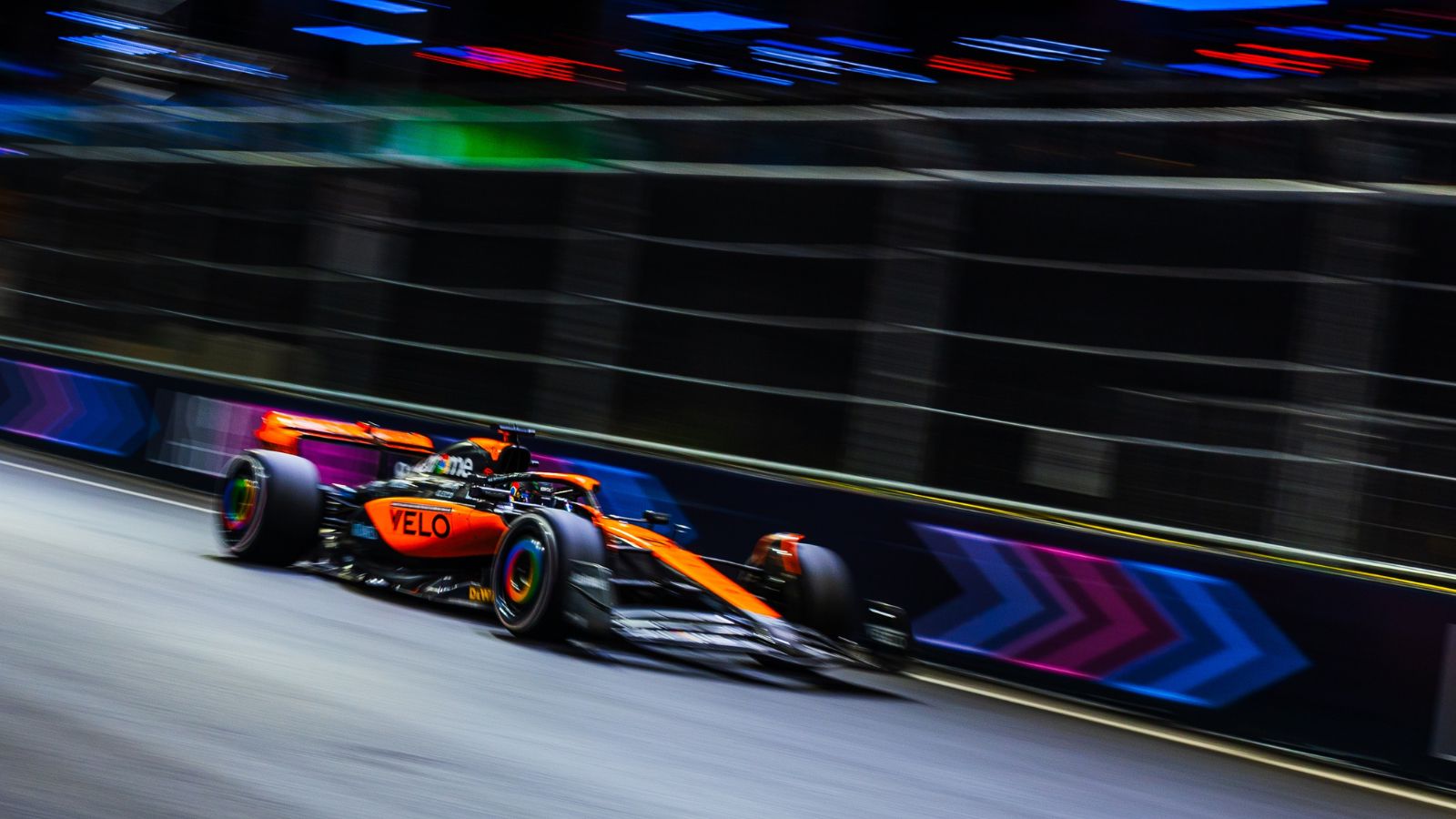
The McLaren F1, introduced in 1992 and designed by Gordon Murray, is often regarded as the best supercar ever built. Powered by a BMW 6.1-liter V12 engine, it can accelerate from 0 to 60 mph in an astonishing 3.2 seconds. Its innovative design featured a central driving position, lightweight materials, and an unparalleled focus on detail. It remains a masterpiece in engineering and one of the most iconic and beautiful cars in automotive history.
18 Budget-Friendly Electric Cars That Last Longer Than Their Loans — Economical Electrics
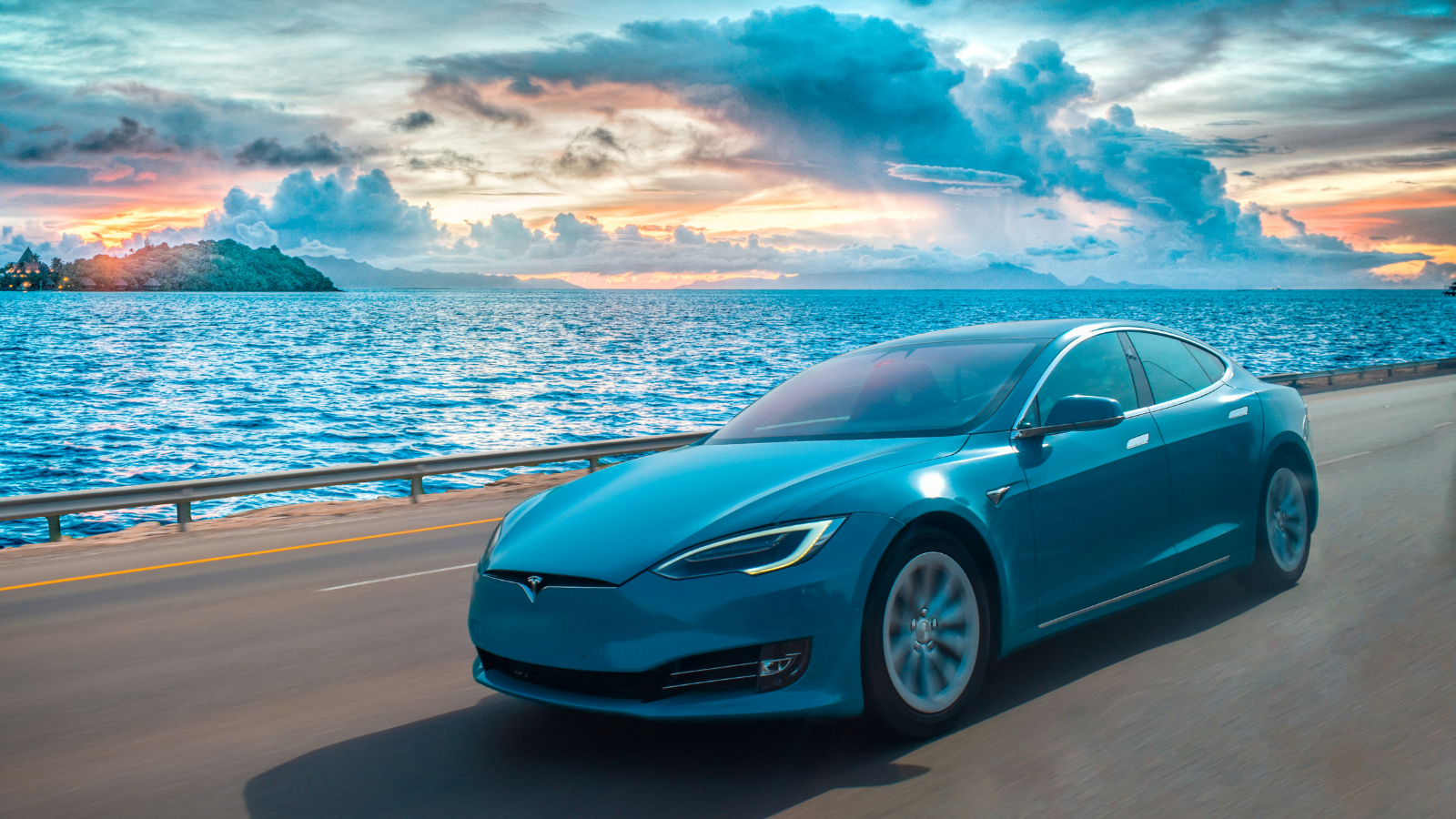
Electric vehicles are no longer a luxury for the elite—they’re a smart investment for the everyday driver. With manufacturers stepping up to the plate, affordable EVs now deliver on reliability, range, and modern comforts. Here’s a look at 18 economical electric cars engineered to outlast their payment plans.
18 Budget-Friendly Electric Cars That Last Longer Than Their Loans — Economical Electrics
